Summary | Excerpt | Reading Guide | Reviews | Beyond the Book | Read-Alikes | Genres & Themes | Author Bio
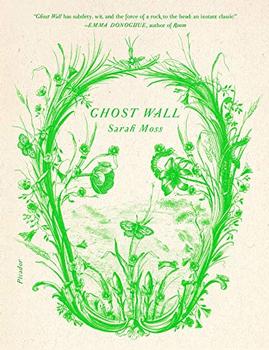
Critics' Opinion:
Readers' Opinion:
First Published:
Jan 2019, 144 pages
Paperback:
Dec 2019, 144 pages
 Book Reviewed by:
Book Reviewed by:
Karen Lewis
Buy This Book
This article relates to Ghost Wall
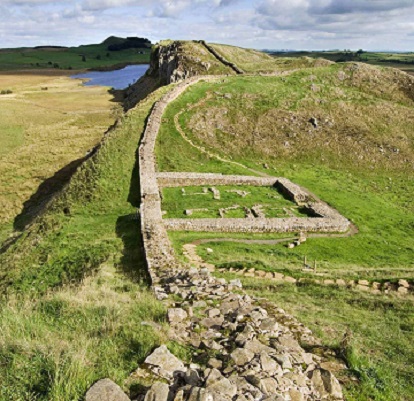 Sarah Moss' novel Ghost Wall is set in Northumberland, Britain where Emperor Hadrian (AD 76-138) ordered his troops to build a wall about AD 122 when the region was under Roman rule. It's estimated that the wall was built over a six year span by at least 15,000 men. Excavations reveal that many sections of the wall were originally ditches and mounds of turf, later fortified with cut stone blocks. During its construction and occupation, the wall was maintained and patrolled by legions of Roman foot soldiers, horsemen, conscripts from other conquered lands, and their families. In that era, the Roman Empire stretched from present-day Iraq across Europe and Northern Africa. Under the rule of Julius Caesar, Romans explored Britannia in 55 BC, but did not fully occupy the region until after Emperor Claudius crossed the channel circa 42 AD.
Sarah Moss' novel Ghost Wall is set in Northumberland, Britain where Emperor Hadrian (AD 76-138) ordered his troops to build a wall about AD 122 when the region was under Roman rule. It's estimated that the wall was built over a six year span by at least 15,000 men. Excavations reveal that many sections of the wall were originally ditches and mounds of turf, later fortified with cut stone blocks. During its construction and occupation, the wall was maintained and patrolled by legions of Roman foot soldiers, horsemen, conscripts from other conquered lands, and their families. In that era, the Roman Empire stretched from present-day Iraq across Europe and Northern Africa. Under the rule of Julius Caesar, Romans explored Britannia in 55 BC, but did not fully occupy the region until after Emperor Claudius crossed the channel circa 42 AD.
Hadrian's Wall established the edge of conquest and marked a line between Roman occupied land and the unconquered tribal lands to the north. Pict tribal resistance to the Romans ignited several wars, and provoked Emperor Antonius Pius (AD 86-161) to build another wall farther to the north (in present-day Scotland). Now called the Antonine Wall, it was built mostly of ditches and turf atop sandstone foundations. Neither wall proved effective in quelling tribal rebellion. Hadrian's Wall was abandoned upon the collapse of the Roman Empire in the early 5th century, yet endures as one of the largest Roman artifacts on the planet.
Today, ruined sections of stone stretch 73 miles from coast to coast, along with numerous forts, observation towers and guard posts. In addition to the 17 larger forts, many of which are still standing, there were around 80 small forts along the wall, called milecastles, with two guard posts in between each. (Most of the milecastles have been lost to the ages.) It's estimated that most of the wall measured about 3 meters wide and nearly 5 meters tall. Many stones have been repurposed by farmers and builders over the centuries, so that in some sections the wall is barely visible. In 1987, Hadrian's Wall was named a UNESCO World Heritage site. Some parts are under National Trust protection (which aims to preserve and enhance nature and historical sites), while most remain under private ownership. Many organizations collaborate to preserve this significant attraction for scholars and tourists, and several museums exist at Roman settlements along the ancient wall, including Vindolanda, Housesteads, Birdoswald, Chesters and Corbridge.
Active archaeology projects continue to survey Hadrian's Wall. Important finds include bones, coins, tools, clothing, pottery and altars carved with Roman designs. Individuals seeking a hands-on experience volunteer every year in various archaeological and restoration projects sponsored by universities and the historic sites.
Public trails, including the national Hadrian's Wall Path and the longer Hadrian's Cycleway, offer expansive views and all-ages access to the echoes of history.
Hadrian's Wall, courtesy of English Heritage
Filed under Places, Cultures & Identities
![]() This "beyond the book article" relates to Ghost Wall. It originally ran in March 2019 and has been updated for the
December 2019 paperback edition.
Go to magazine.
This "beyond the book article" relates to Ghost Wall. It originally ran in March 2019 and has been updated for the
December 2019 paperback edition.
Go to magazine.
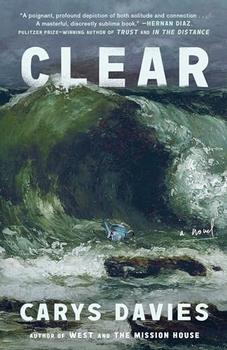
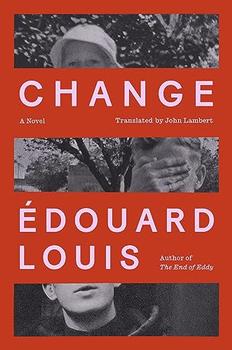
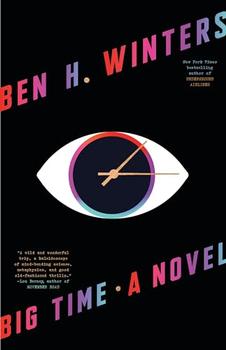
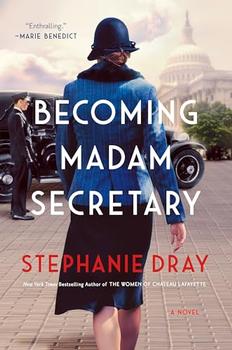

The Funeral Cryer by Wenyan Lu
Debut novelist Wenyan Lu brings us this witty yet profound story about one woman's midlife reawakening in contemporary rural China.
Your guide toexceptional books
BookBrowse seeks out and recommends the best in contemporary fiction and nonfiction—books that not only engage and entertain but also deepen our understanding of ourselves and the world around us.